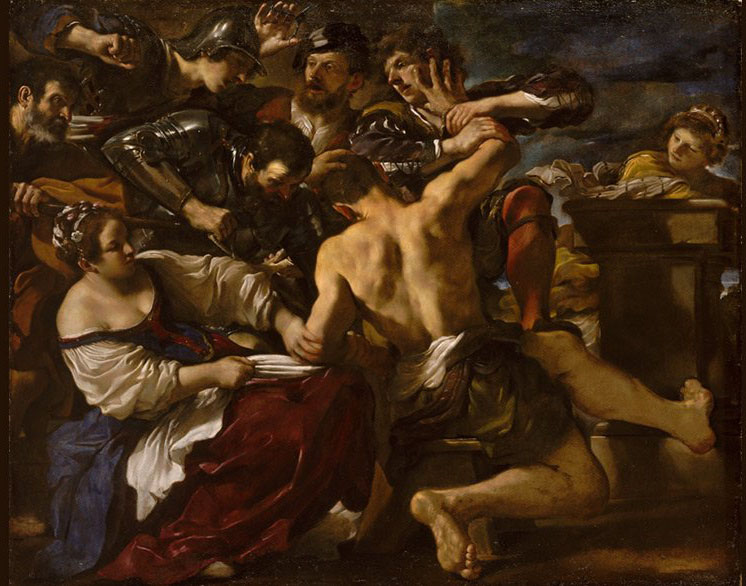The paintings of great artists are their legacies, outliving them for centuries. When exposed to years of fluctuating temperatures, humidity and light, however, these works take on their own artistic expression in a way that would have horrified their creators. That’s because hardened paints aren’t exactly permanent. Instead, they evolve like slow-moving geological processes.
When metals — such as lead or zinc, commonly used in pigments — interact with fatty acids present in oil paints, they form heavy-metal "soaps," gunky, white scum that oozes out through the paint and resembles insect eggs. Rather than keep the art squeaky clean, they can cause the paint to flake off. The mysterious substance has cropped up in many oil paintings, and even rudely interrupted Guercino's "Samson Captured by the Philistines" and John Singer Sargent's "Madame X," just to name two cases at The Metropolitan Museum of Art in New York.
It's enough to haunt any art historian's nightmares. The good news is that some scientists are trying to untangle the complex interactions causing this soapy sabotage in order to better protect and preserve affected paintings.

The 36-tesla Series Connected Hybrid magnet at the National MagLab may be just the tool for the job. Scientists from the University of Delaware, in collaboration with The Met, have used the ultra-high resolution instrument to shed new light on the reaction between zinc pigments and linseed oil, common components of these problematic paints. Using nuclear magnetic resonance, they can distinguish the zinc in the soaps from the zinc in the pigments and better understand the chemical structure of the soaps.
"That simply could not be done at lower magnetic fields," said University of Delaware chemist Cecil Dybowski, one of the scientists involved in the study.
With this new research angle as a blank canvas, scientists can paint more details of how and why the heavy metals continue to react, long after an artist's final stroke.
Images courtesy of The Metropolitan Museum of Art
Story by ABIGAIL ENGLEMAN